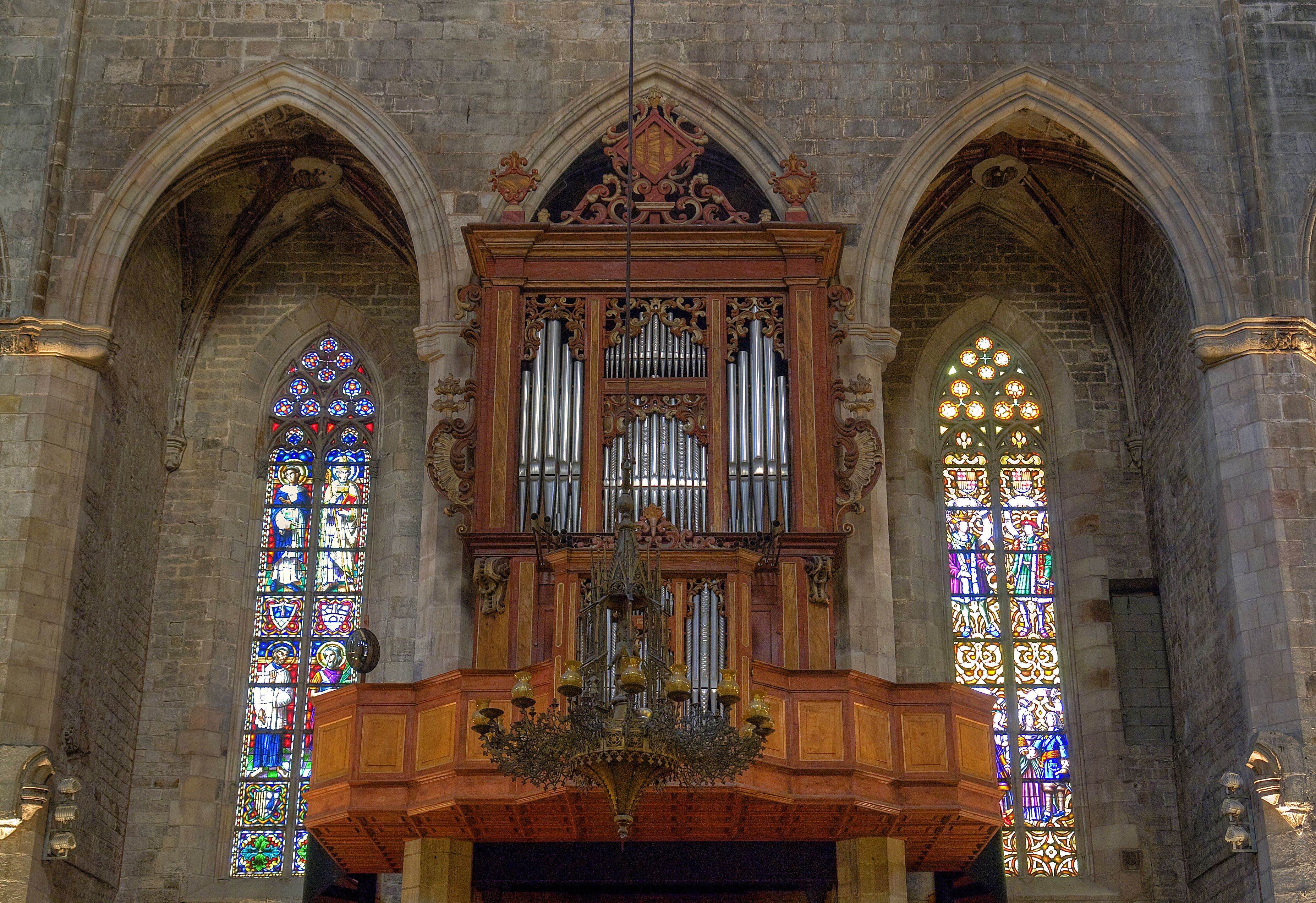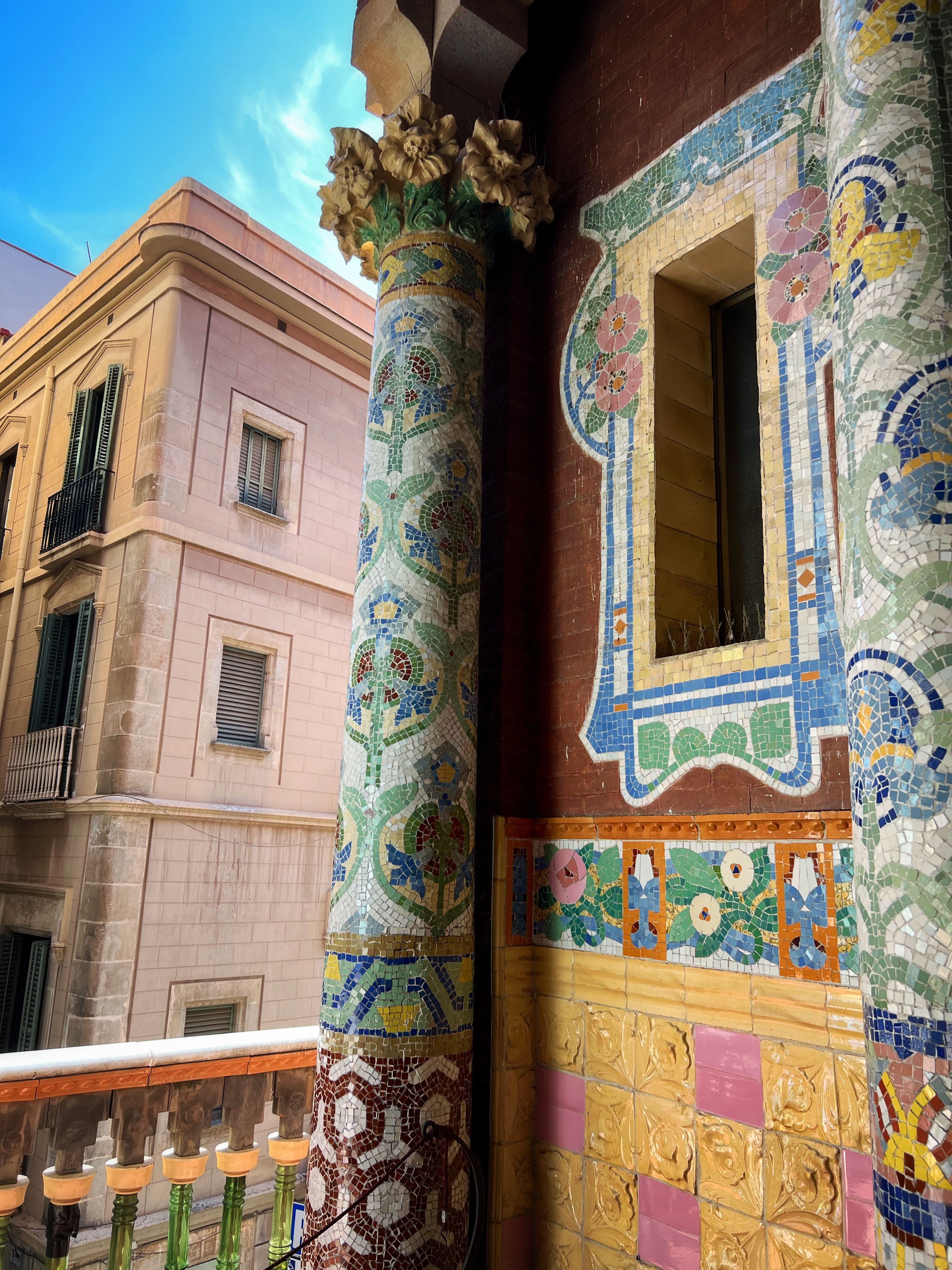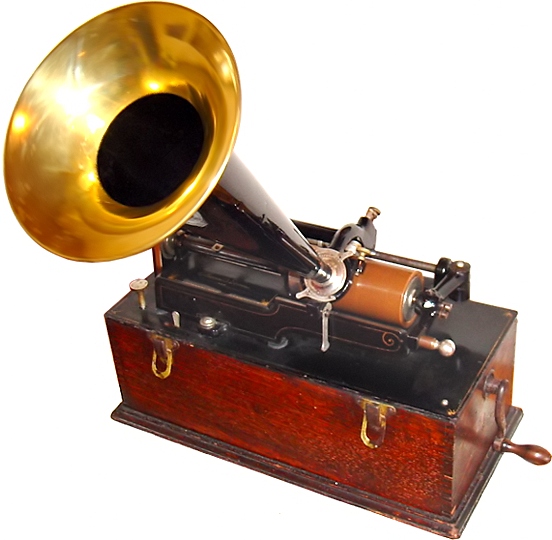|
Cant De La Senyera
"Cant de la Senyera" ("Song of The Senyera lag) is a composition for mixed chorus with music by Lluís Millet, lyrics based on a poem by Joan Maragall, composed expressly to be the hymn of the Orfeó Català choral group in the Catalonia community of Spain. It debuted at Montserrat in 1896, in a ceremony in honor of the Senyera, a traditional flag of the crown of Aragon which serves as the basis for other regional flags, including that of Catalonia. Prohibition The song was prohibited from 1939 to 1960 under the regime of Spanish ''caudillo'' Francisco Franco, as part of Franco's ban on Catalan language and culture. In 1960, while Franco was on a rare visit to Barcelona, four of his ministers, including Minister of the Interior Camilo Alonso Vega, attended the centennial ceremony for Maragall at the Palace of Catalan Music. The Civil Governor of Barcelona, Felipe Acedo, had authorized the concert, but forbade the playing of the "Cant" despite its being based on Maragall's work ... [...More Info...] [...Related Items...] OR: [Wikipedia] [Google] [Baidu] |
Lluís Millet
Lluís Millet i Pagès (18 April 1867 in El Masnou – 7 December 1941 in Barcelona) was a Spanish Catalan composer, musician and co-founder of Orfeó Català in 1891. A student of Felip Pedrell, from 1896 he taught choral music at Barcelona's Escuela Municipal de Musica where he later succeeded Nicolau as director.Spanish Music in the Twentieth Century: 1993- Page 75 "Therefore, we begin with Lluis Millet (1867-1941), a significant figure for Catalonian music not so much as composer but as catalyst of ideas. One of Pedrell's students, he founded the Orfeo Catala in 1891 — of fundamental importance in the musical life of Barcelona — and served as its director until his death. Beginning in 1896 he taught choral music at Barcelona's Escuela Municipal de Musica and later succeeded Nicolau as director. He was a brilliant speaker and writer. As a composer, in addition to an Egloga and Catalanesques for orchestra, ..." He died in 1941 and is interred in the Montjuïc Cemetery in B ... [...More Info...] [...Related Items...] OR: [Wikipedia] [Google] [Baidu] |
Camilo Alonso Vega
Camilo Alonso Vega (29 May 1889 – 1 July 1971) was a Spanish military officer and minister. Early life A childhood friend of Francisco Franco, as a Captain he entered in the Foreign Legion and fought in the Rif War. He was initially assigned as commander of the 9th machinegun company of the 3rd Bandera of the Legion. Later he was promoted to Lieutenant Colonel of the Spanish Army in 1935 and full Colonel in December 1936 due to performance on the battlefield. Spanish Civil War In July 1936, he supported the 17–18 July ''coup d’etat'' and helped conquer Vitoria, the capital city of the province of Alava for the rebels. In December 1936, he led the defense of the town of Villareal against an offensive of the Basque forces. In March 1937 he was appointed as commander of the 4th Brigade of the newly organized Mola’s Navarrese division and, he led this brigade in the Biscay Campaign, in the Battle of Brunete in July 1937, in the Battle of Santander in August, and in the ... [...More Info...] [...Related Items...] OR: [Wikipedia] [Google] [Baidu] |
Catalan Music
The music of Catalonia comprises one of the oldest documented musical traditions in Europe. In tandem with the rest of Western Europe, it has a long musical tradition, incorporating a number of different styles and genres over the past two thousand years. History Among the earliest references to music from Catalonia date to the Middle Ages, when Barcelona and the surrounding area were relatively prosperous, allowing both music and arts to be cultivated actively. Catalonia and adjacent areas were the home for several troubadours, the itinerant composer-musicians whose influence and aesthetics was decisive on the formation of late medieval secular music, and who traveled into Italy and Northern France after the destruction of Occitann culture by the Albigensian Crusade in the early 13th century. The so-called Llibre Vermell de Montserrat ("Red Book of Montserrat") stands as an important source for 14th-century music. Renaissance polyphony flourished in Catalonia, though local comp ... [...More Info...] [...Related Items...] OR: [Wikipedia] [Google] [Baidu] |
Els Segadors
"Els Segadors" (, ; "The Reapers") is the official national anthem of Catalonia, nationality and autonomous community of Spain. History The original song dates in the oral tradition to 1640, based on the events of June 1640 known as ''Corpus de Sang'' during the Thirty Years' War (1618-1648) between Spain, England, France and Austria, the event that started the Reapers' War or , also known as the Catalan Revolt, where Catalans fought against the Count-Duke of Olivares, the chief minister of King Philip IV of Spain. The song describes the event, an uprising of peasants due to the large presence of the Royal army in the Principality of Catalonia, as they were required to lodge and provision the troops, creating a large tension and discomfort and leading to episodes such as religious sacrileges, destruction of personal properties, and rape of women by the soldiers. The second part of the song tells the arrival of the rebel reapers in Barcelona, who kill various guards, the royal ... [...More Info...] [...Related Items...] OR: [Wikipedia] [Google] [Baidu] |
President Of Catalonia
The President of the Government of Catalonia ( ca, President de la Generalitat de Catalunya, ) is one of the bodies that the Statute of Autonomy of Catalonia stipulates as part of the Generalitat de Catalunya, others being the Parliament, the government, the and the Síndic de Greuges. The president also serves as head of government of Catalonia, leading the executive branch of the Generalitat de Catalunya, the Catalan government. The current president is Pere Aragonès of the Republican Left of Catalonia, following his election in 21 May 2021 after the 2021 Catalan elections. The current presidency The president is elected by the Parliament of Catalonia and appointed by the King of Spain. The office has both representative and governmental functions. Representative functions The president holds the highest representation of the Generalitat and the ordinary of the State in the autonomous community. He is also in charge of the domestic relations with the other bodies of the St ... [...More Info...] [...Related Items...] OR: [Wikipedia] [Google] [Baidu] |
Jordi Pujol
Jordi Pujol Soley (, born 9 June 1930) is a Catalan politician who was the leader of the party Convergència Democràtica de Catalunya (CDC) from 1974 to 2003, and President of the Generalitat de Catalunya from 1980 to 2003. Early life Pujol was born in Barcelona, studied at the German School of Barcelona and received a medical degree from the University of Barcelona. During his college years, he joined different activist groups that were seeking to rebuild the ideal Catalonia that the Spanish Civil War and Franco's dictatorship had undermined. Among these organizations were ''Grup Torras i Bages'' (where he met other activists such as Jaume Carner or Joan Reventós), ''Comissió Abat Oliva'', ''Grup Pere Figuera'' or ''Cofradia de la Mare de Déu de Montserrat de Virtèlia''. In 1960, in the course of an homage to Catalan poet Joan Maragall, held in Palau de la Música Catalana, part of the audience sang the ''Cant de la Senyera'' (''The Song of the Flag'' in English) despite b ... [...More Info...] [...Related Items...] OR: [Wikipedia] [Google] [Baidu] |
Felipe Acedo
Felipe is the Spanish variant of the name Philip, which derives from the Greek adjective ''Philippos'' "friend of horses". Felipe is also widely used in Portuguese-speaking Brazil alongside Filipe, the form commonly used in Portugal. Noteworthy people with this name include: Politics * Felipe Calderón, former President of Mexico * Felipe I of Spain * Felipe II of Spain * Felipe III of Spain * Felipe IV of Spain * Felipe V of Spain * Felipe VI of Spain, King of Spain * Felipe de Marichalar y Borbón, nephew of the Spanish king * Felipe Herrera, Chilean economist * FELIPE may refer to the Popular Liberation Front in Spain Sports * Felipe Paulino (born 1983), Dominican-Venezuelan baseball pitcher * Felipe Alou (born 1935), Dominican baseball player and manager * Felipe Contepomi (born 1977), Argentine rugby union player * Felipe Drugovich (born 2000), Brazilian racing driver * Felipe Franco, Brazilian water polo player * Felipe Kitadai (born 1989), Brazilian Olympic medali ... [...More Info...] [...Related Items...] OR: [Wikipedia] [Google] [Baidu] |
Palau De La Música Catalana
Palau de la Música Catalana (, en, Palace of Catalan Music) is a concert hall in Barcelona, Catalonia, Spain. Designed in the Catalan '' modernista'' style by the architect Lluís Domènech i Montaner, it was built between 1905 and 1908 for Orfeó Català, a choral society founded in 1891 that was a leading force in the Catalan cultural movement that came to be known as the ''Renaixença'' (Catalan Rebirth).Benton, Tim. ''Modernismo in Catalonia'' In: ''Art Nouveau Architecture'' (Frank Russell, editor), New York: Arch Cape Press, 1986. . It was inaugurated on 9 February 1908. The construction project was mainly financed by Orfeó Català, but important financial contributions also came from Barcelona's wealthy industrialists and bourgeoisie. The palace won the architect an award from the Barcelona City Council in 1909, given to the best building built during the previous year. Between 1982 and 1989, the building underwent extensive restoration, remodeling, and extension unde ... [...More Info...] [...Related Items...] OR: [Wikipedia] [Google] [Baidu] |
Barcelona
Barcelona ( , , ) is a city on the coast of northeastern Spain. It is the capital and largest city of the autonomous community of Catalonia, as well as the second most populous municipality of Spain. With a population of 1.6 million within city limits,Barcelona: Población por municipios y sexo – Instituto Nacional de Estadística. (National Statistics Institute) its urban area extends to numerous neighbouring municipalities within the and is home to around 4.8 million people, making it the [...More Info...] [...Related Items...] OR: [Wikipedia] [Google] [Baidu] |
Phonograph Cylinder
Phonograph cylinders are the earliest commercial medium for recording and reproducing sound. Commonly known simply as "records" in their era of greatest popularity (c. 1896–1916), these hollow cylindrical objects have an audio recording engraved on the outside surface, which can be reproduced when they are played on a mechanical cylinder phonograph. In the 1910s, the competing disc record system triumphed in the marketplace to become the dominant commercial audio medium. Early development In December 1877, Thomas Edison and his team invented the phonograph using a thin sheet of tin foil wrapped around a hand-cranked, grooved metal cylinder. Tin foil was not a practical recording medium for either commercial or artistic purposes, and the crude hand-cranked phonograph was only marketed as a novelty, to little or no profit. Edison moved on to developing a practical incandescent electric light, and the next improvements to sound recording technology were made by others. Fo ... [...More Info...] [...Related Items...] OR: [Wikipedia] [Google] [Baidu] |
History Of Catalonia
Catalonia was first settled during the Middle Palaeolithic era. Like the rest of the Mediterranean side of the Iberian Peninsula, the area was occupied by the Iberians and several Greek colonies were established on the coast before the Roman conquest. It was the first area of Hispania conquered by the Romans. It then came under Visigothic rule after the collapse of the western part of the Roman Empire. In 718, the area was occupied by the Umayyad Caliphate and became a part of Muslim ruled al-Andalus. The Frankish Empire conquered the area from the Muslims, ending with the conquest of Barcelona in 801, as part of the creation of a larger buffer zone of Christian counties against Islamic rule historiographically known as the Marca Hispanica. In the 10th century the County of Barcelona became progressively independent from Frankish rule. In 1137, Ramon Berenguer IV, Count of Barcelona betrothed the heiress of the Kingdom of Aragon, Petronilla, establishing the dynastic union ... [...More Info...] [...Related Items...] OR: [Wikipedia] [Google] [Baidu] |




